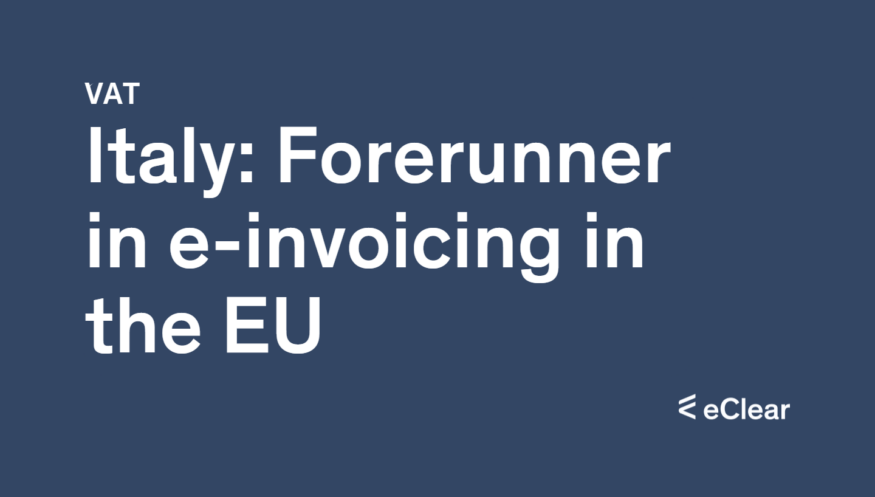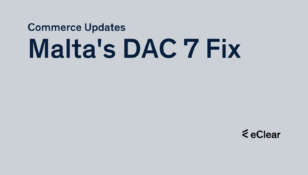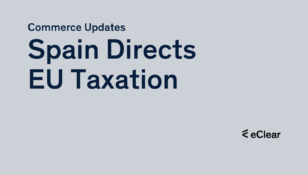Updated on an ongoing basis, the government has improved its Continuous Transaction Controls (CTC) system, increasing revenue while VAT gaps have declined.
Italy’s e-invoicing reform
Italy took the first steps in e-invoicing with the introduction of electronic invoicing in 2014 in the B2G sector, made possible by special authorisation from the European Commission. This was necessary because it was a derogation from the EU VAT Directive. Subsequently, the mandatory CTC system was extended to B2B invoices and, in some cases, B2C transactions in 2019. Since then, the framework has continued to evolve. Through these gradual reforms, Italy became the first EU country to make e-invoicing mandatory through a clearance procedure in 2019.
Sistema di Interscambio (SDI)” e-invoicing platform
Since introducing the central e-invoicing platform “Sistema di Interscambio (SDI)”, Italy has been one of the pioneers in e-invoicing within the EU. Originally, a platform for exchanging invoices, the SDI played an essential role mainly in data capture. Companies must make changes in line with the expectations of the authorities. These can only be done within a limited window of time. With thorough knowledge of the legal requirements, you can ensure that your company complies with them and avoids unnecessary mistakes.
Details on Italian e-invoicing
The issuing of invoices requires that they be created in a structured format and transmitted via the state platform “Sistema di Interscambio (SDI)”. Companies must make invoices in the XML schema format of the tax authorities – the FatturaPA.
B2B: Companies decide to what extent they ensure the integrity/authenticity of invoices. Electronic signatures are the most common.
B2G: For business-to-government transactions, an electronic signature is mandatory. Orders to the National Health Service must be exchanged via the NSO platform (Nodo Smistamento Ordini) and referenced in the electronic invoice.
There are several specific requirements for the archiving of e-invoices,
- in particular, the obligation to carry out a signing and time-stamping procedure for invoices when they are stored in an archive
- the obligation to maintain a documented description of the archiving process (Manuale della Conservazione)
- as well as the commitment to draw up a clear delegation plan defining the responsibilities for the archiving process.
From 1 July 2022, businesses can continue to exchange cross-border invoices in any agreed manner. Still, all foreign transactions must be reported via the SDI in FatturaPA format.
Important dates
June 2021: Entry into force of the new requirements for creating and archiving electronic documents.
October 2021: Start of the voluntary transition period for e-invoicing between Italy and San Marino. Note: E-invoicing will become mandatory between Italy and San Marino in FatturaPA format, with the Italian SDI as the access point for Italian taxpayers and the HUB-SM platform as the SDI counterpart on the San Marino side. The scope of the mandate for B2B e-invoicing in Italy has been extended to the following: Taxpayers applying the flat rate regime (Regime forfettario).
1 July 2022: Businesses – which include amateur sports clubs and third sector entities with revenues of up to EUR 65,000 – must report information on cross-border transactions to the SDI in FatturaPA format. Italian government abolished Esterometro reporting on 30 June 2022.
From January 2024: Micro-enterprises with revenues or fees of up to EUR 25,000 will be included in the e-invoicing scope of the application.
Sanctions at a glance
- Failure to issue an invoice, or one that does not comply with the XML format, will result in a penalty of between 90 and 180% of the relevant VAT amount.
- E-invoices to clients that do not comply with the mandate’s requirements will result in a penalty of 100% of the corresponding VAT amount.
- After the expiry of a grace period, invoices from National Health Services will only be paid if a prior order has been received via the NSO platform and referenced in the e-invoice.
For taxpayers included in the scope of the e-invoicing mandate on 1 July 2022, a grace period until 30 September 2022 was established. During this period, taxpayers could issue e-invoices within the month following the execution of the transaction without incurring penalties.







